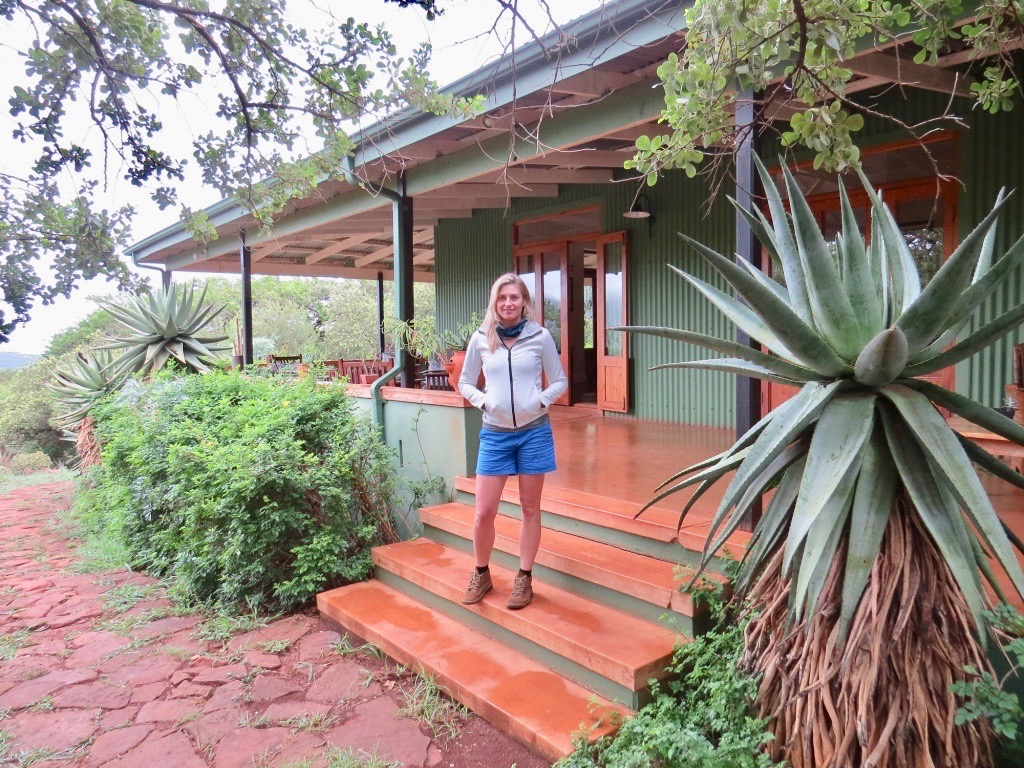
Spioenkop
Mohandas Karamchand Gandhi was offered an employment in Transvaal- Gauteng, South Africa, as legal counsel to a merchant Dada Abdulla in 1893. He was to work a period of 12 months; he spend in the country 21 years. During his journey to his future employer and later already in the office he encountered many mishaps because of his racial background. He faced discrimination because of his skin colour and heritage.
The rights of Indian population in Transvaal and Natal were very limited. They were allowed to own a land only in special locations, no franchise, had to pay a poll tax of £3, were not permitted to walk out the door after 9 pm and couldn’t walk on the pavement. He made his first public speech one week after his arrival, he pointed out the overall discriminative treatment, awakened the Indian residents to the sense of oppression they were suffering under and united the groups from different communities and languages. Gandhi has developed the concept of Satyagraha meaning passive resistance and successfully established himself by 1896 as a political leader.
After the First Anglo-Boer War maintaining the desire for independence, the Republics of Transvaal and Orange Free State were still strongly opposing the British rule, in spite the British governments ambition to unify the country under one imperial flag. During the 1890s the two leaders, Cecil John Rhodes, Briton, premier of the Cape Colony and Paul Kruger president of the Transvaal or South African Republic, were in direct conflict with each other. Series of events such as the discovery of gold on the Witwatersrand, conflicting political ideologies of republicanism and imperialism, failed Jameson Raid led to the Second Anglo-Boer war in 1899.
Gandhi advised the Indian community to support the British cause, despite the fact he was sympathizing with the independence fighters, the Boers. Furthermore, India was a part of the British empire and this move could help them later pressing for political rights. In order to avoid racial problems, British government decided not to use Indian troops, although they did serve various menial roles. On the meeting of Natal Indian Congress in Durban held on 16 October 1899, Gandhi proposed that the Indians would be suited for field hospitals, the offer was accepted. Indian Ambulance Corps were formed by volunteers, some were refugees from Boer-held territory in the north and others came from the sugar plantations, thanks to encouragement and participation of Gandhi.
The volunteers consisted of 300 free Indians and 800 indentured labourers. They had received training from superintendent of St Aidan’s Mission Hospital dr. Booth and shortly after, the news came that their services were required. At this stage, there were numerous requests for stretcher bearers and general medical assistants.
Gandhi collected funds from Indian merchants in order to equip volunteers and supply the leaders and their families. Created by him, Patriotic League Fund supplied the wounded with items such as cigarettes tobacco and pipes, Indian merchants also provided the women with the cloth which they could use to make pillowcases and handkerchiefs for the ambulance corps.
More than 25 leaders and some 600 bearers arrived on 14 December 1899 with Gandhi at Escourt. The next day upon arrival on to Chiveley they were being handled their red cross badges. In the afternoon the wounded from the battle at Colenso began to arrive. Not even being able to properly set up their camp they set to work immediately, carrying the men nine kilometres to the station from the field hospital. They worked hard until midnight. Next morning at six o'clock the whole they started again. There were more casualties but by noon the British attack ended in failure. The way back to Escourt turned out to be very hard for the Indians, the march to the station was long and tiring, the last train departed and they had to spend next two days in the open field suffering bad weather conditions and lack of food and clean water.
On 19 December, the corps were temporarily disbanded. Resumed its service on 7 of January. Leaders and more than 1,100 bearers arrived in Escourt as the Indian Stretcher Bearers Corps. They were moved two weeks later on 23–24 January, to Spioenkop, marched 40 kilometres to support the proposed action. They assisted General Buller with 24,000 men in the front line at the second attempt to force way to Ladysmith. Gandhi and his men received another training from Dr Booth, on how to lift, carry and place the wounded on stretchers.
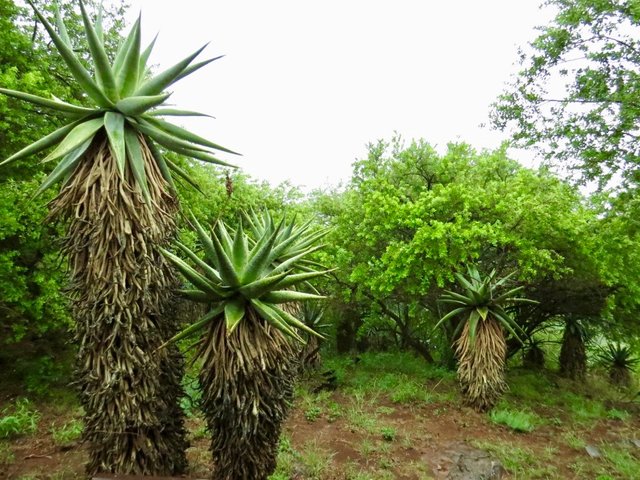
The wounded had to be brought down from the hill after the battle. To a field hospital and later to Spearman's camp. Due to the 'unexpected reverse' at Spioenop the field hospital was within Boer shell-shot, the Indians were under no obligation to cross the river, but they agreed to fetch the wounded from within the range of fire. Without means of defence, they were seeking for wounded under the heaviest fire. The bearers often had to make three or four journeys, but almost all the wounded were brought from the base to the stationery hospital.
Stationed in South Africa as a journalist and commissioned as a lieutenant, Winston Churchill, made a statement about the scenes at Spioenop.
Corpses lay here and there. Many of the wounds were of a horrible nature. The splinters and fragments of the shells had torn and mutilated them. The shallow trenches were choked with dead and wounded.
The Boer War 1899-1902: Ladysmith, Megersfontein, Spion Kop, Kimberley and Mafeking
The effort was continuous in this period, some troops served for another three weeks in the third attempt to relieve Ladysmith in the battle of Vaalkrans. The Corps was eventually disbanded on the 15 of February. Each of the volunteers had received a letter from Gandhi, with gratitude for serving 'your motherland at a critical juncture' The corps were praised by the first Prime Minister of Natal and in General Bullers dispatches, but that’s where the gratitude ended, the British had no intent rewarding them, they just simply couldn’t be woven in the imperial fabric. After the war the British and Boers still thought of Indians as 'uncivilised' and treated them with contempt. In the end only some of the volunteers were belatedly given silver medals for their loyalty.
References:
*Photographs taken by @highonthehog
*Other sources : linked below photographs,
Goolam Vahed Natal's Indians, The Empire and the South African War, 1899-1902, New Contree, 45, September 1999: 185-216
Martin Marix Evans Encyclopedia of Boer War, British Library Cataloguing in Publication Data 1999
John Grehan, Martin Mace The Boer War 1899-1902: Ladysmith, Megersfontein, Spion Kop, Kimberley and Mafeking)
http://www.sahistory.org.za/people/mohandas-karamchand-gandhi


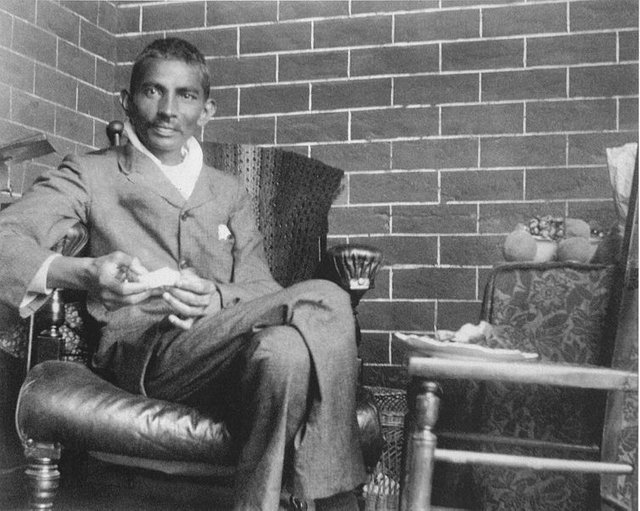


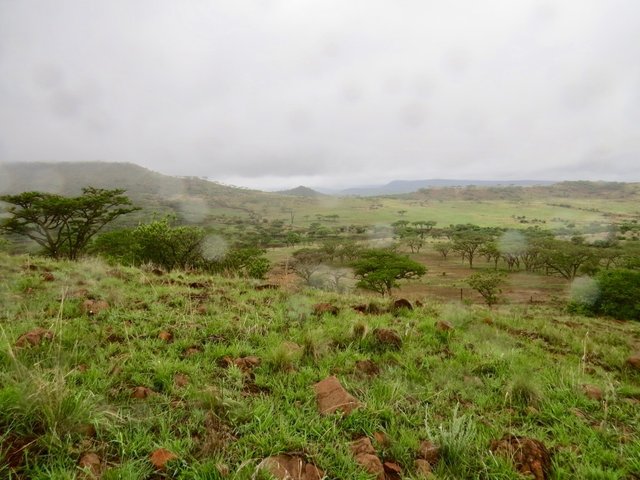

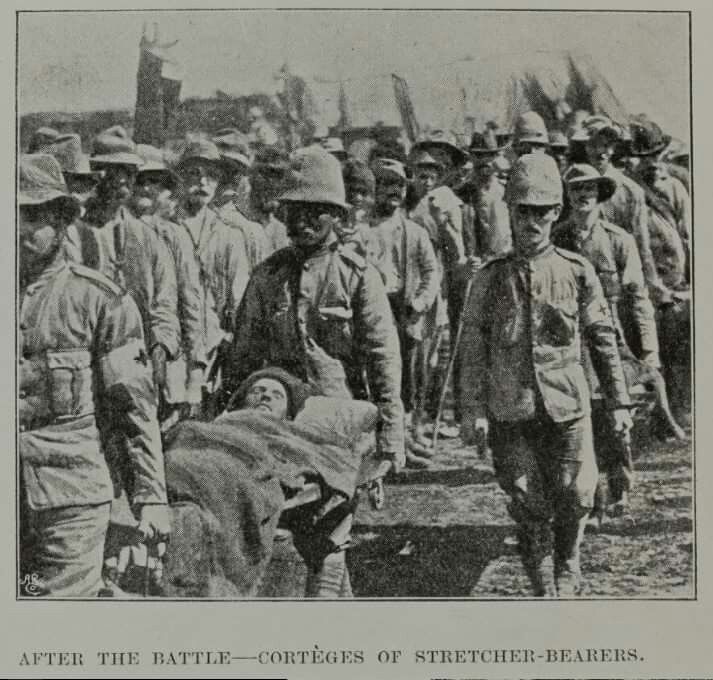


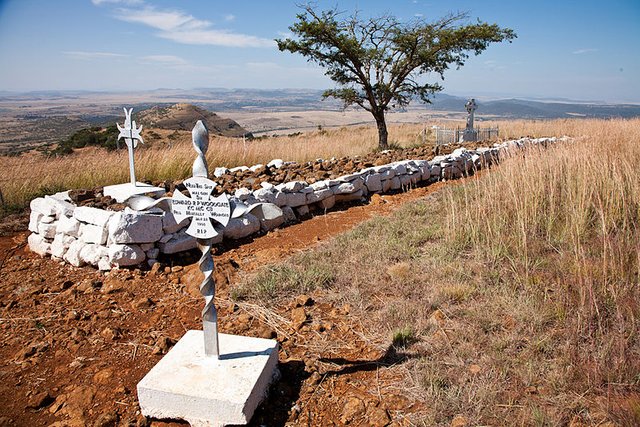
This is a test comment, notify @kryzsec on discord if there are any errors please.
Being A SteemStem Member
Thank you ;)
Wow! You've really put in a lot of research into this post and so obviously it makes for a great read. Good job!
Gandhi + war cause cognitive dissonance in my head.
I'm afraid I can't lessen your mental stress XD
Congratulations, Your Post Has Been Added To The Steemit Worldmap!
Author link: http://steemitworldmap.com?author=highonthehog
Post link: http://steemitworldmap.com?post=gandhi-s-role-in-anglo-boer-war-the-indian-ambulance-corps
Want to have your post on the map too?
Did not know that Gandhi took part in the Boer war, very surprising information. Great post by the way.
ha! surprise surprise :) thanks for reading .
I'm an Indian and I feel very proud to say that Mahatma Gandhi is from my country. I've read several books of his and I especially like,
The story of my experiments with truth
I'm so proud that you shared this post, I always wanted to see what MK Gandhi did in South Africa, thanks to you today !
Hi , nice to meet you. Firstly thank you for appreciating my writing, second, it has been also an amazing journey for me , I love writing about SA and I know that Gandhi had a huge influence on shaping the minds of the people there, I have read so much about him, still have tons of material and would love to write more, perhaps I will one day.
All the best.
Amazing, keep wrting keep sharing :)
Interesting story! :) I don't know how u catch them but keep going, it is always nice to read your posts!!!
I read a lot about the history of South Africa and often I get these ideas here. Glad you like my posts. :*
Good work and research.
Always learn some nice history stuff about SA in your posts
:D I'm glad u liked it .
Found your post on steemSTEM.
This is really a good article. Also cleared some doubts from my mind. There is this photo of mahatma gandhi which was used by some people to spread propaganda against him.
There was a campaign that some carried against gandhi some days ago. They were trying to damage the image of this leader by spreading fake news using this particular image. Me and many other's got carried away with this fake news. They were calling racist and a hypocrite.
I always had my doubt, did not blindly believe in it though like many others. It is good that i came across this article.
I did not know that Gandhi attended that war Thanks for sharing!
Thanks for reading :)